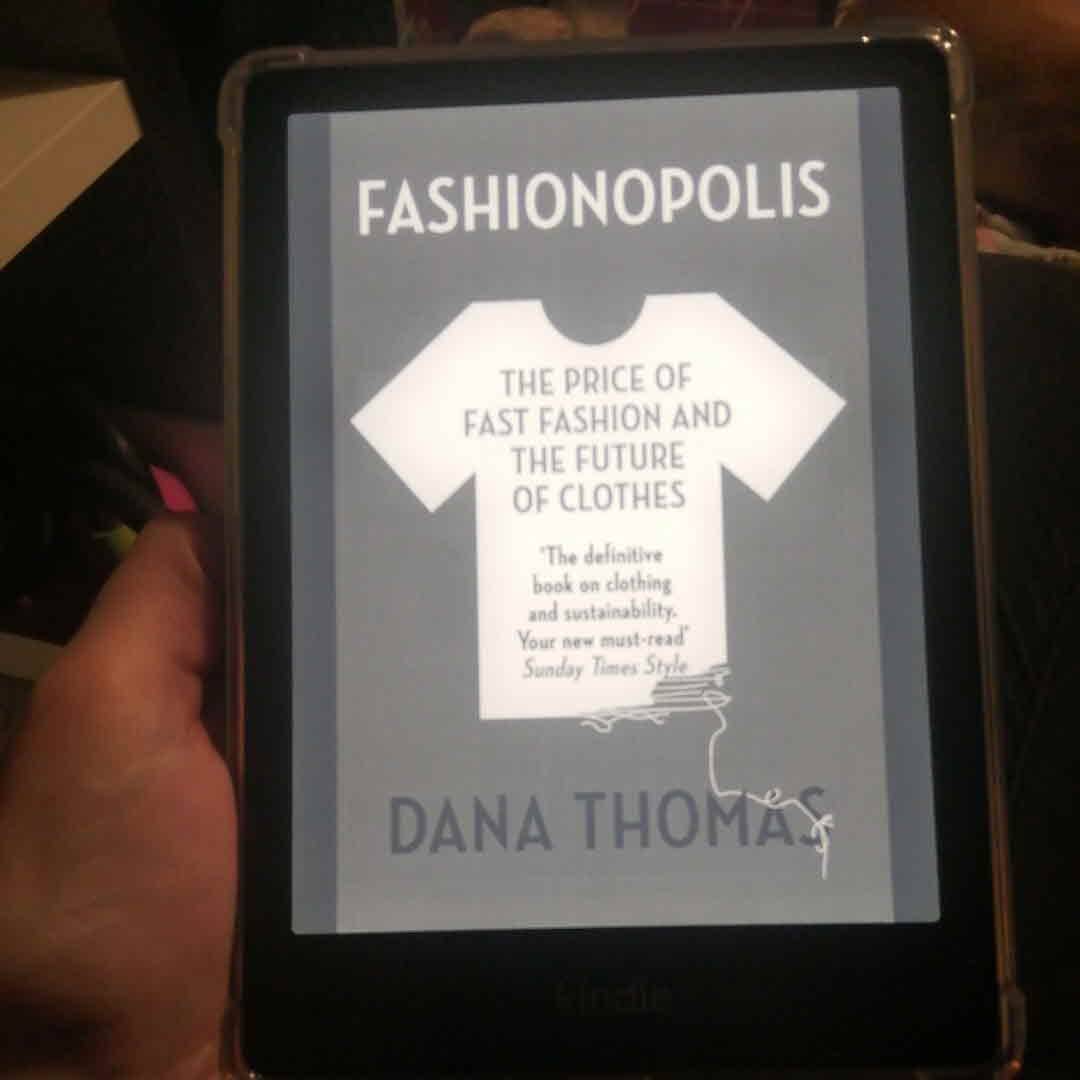
Currently reading on #kindle

Currently reading on #kindle
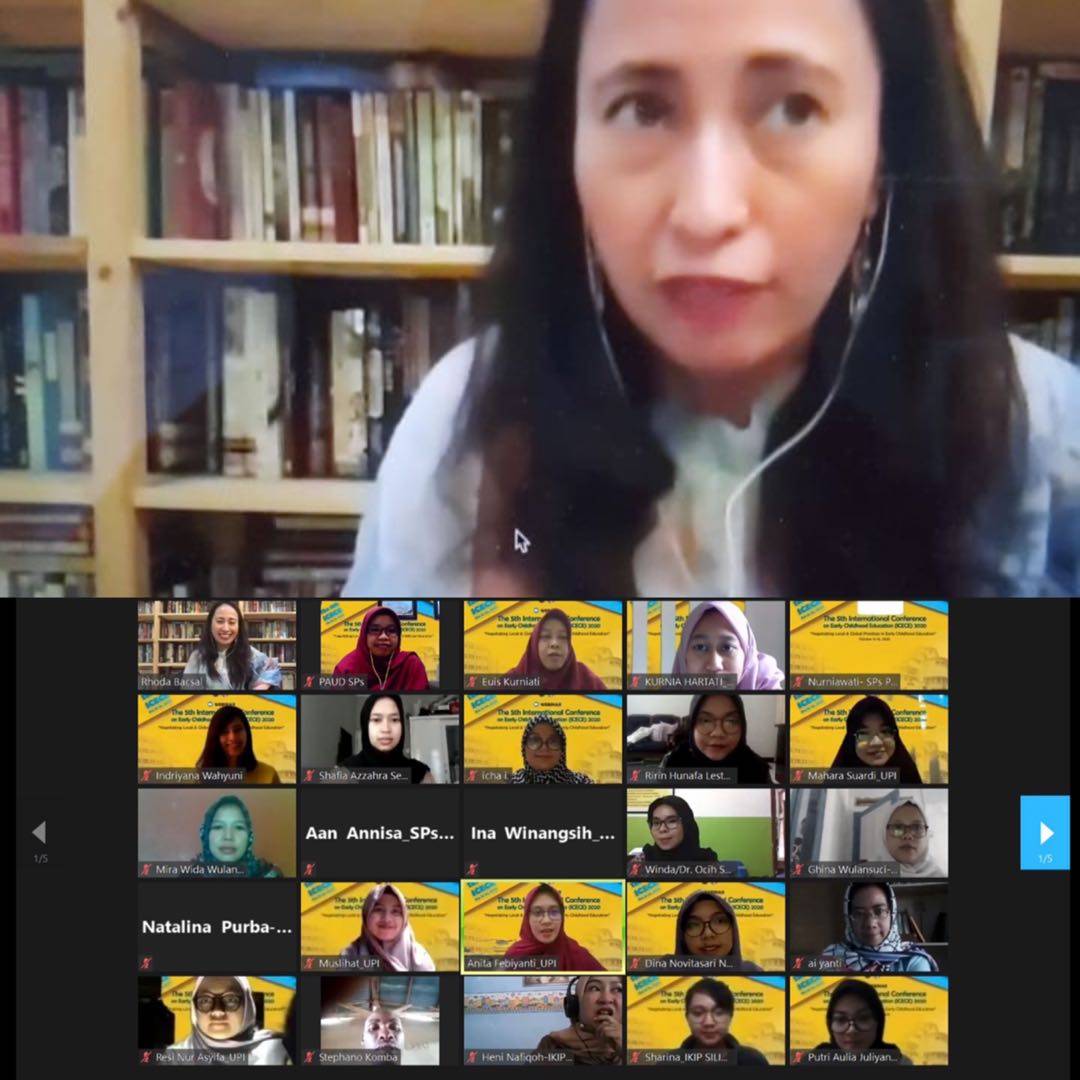
#FallFinds Day 16: So I delivered a keynote speech this morning via webinar to a group of early childhood educators from Bandung Indonesia, and I truly wanted to be #Fashionable but well... those screen caps had other ideas. 🤣😭😳🤪 I think it went well, though. My talk was on: “Using multicultural and global picturebooks to enhance practices in early childhood education.”

Despite 3-D printed fashion in flexible materials, metamaterial material, nano-drone knitting, Sewbots, "we have a primal urge-an instinct-to craft things by hand, and a compulsion to swathe ourselves in things made by members of our species. Anthropologists have long held forth that there are a few conditions that separate man from animals. Storytelling. Bipedalism. And the fact that we cloth ourselves. Sewing clothes touches the human spirit."

"If we lengthen the life of just one in five garments in Europe by 10 percent, we could cut 3 million tons of CO2, save 150 million liters of water, and divert 6.4 million tons of clothing from landfill. Less frequent and shorter-cycle washing will dramatically reduce the number of microfibers flushed into our waterways."
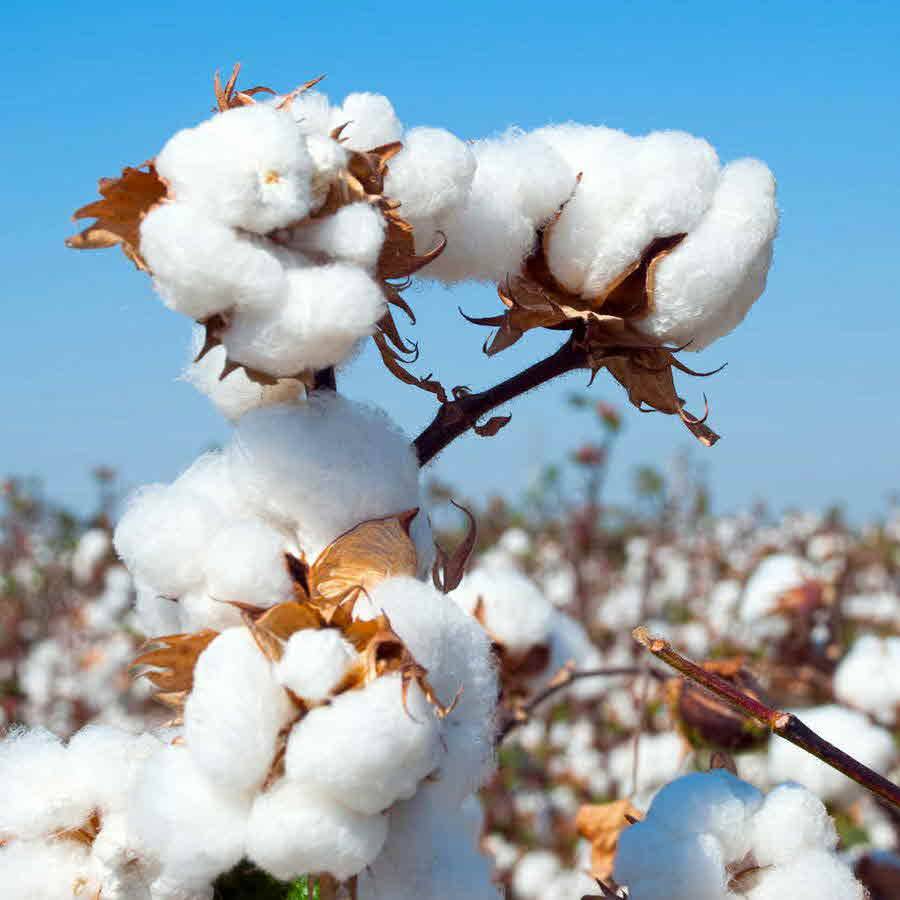
"Conventionally grown cotton is one of agriculture's most polluting crops. Almost one kilogram (2.2 pounds) of hazardous pesticides is required to grow one hectare-or two and a half acres-of the fluff. [...] The creation of one cotton T-shirt requires a third of a pound of lab-concocted fertilizers and 25.3 kilowatts of electricity, and the WWF has stated it can take up to 2,700 liters of water to grow the cotton."

Dana Thomas is a creditable and engaging guide as she reveals the extent of worker abuse, environmental degradation and waste of resources happening in the clothing industry, an industry that employs one out of every 6 people on the planet. Hope is presented in the form of many solutions currently underway. We all wear clothes & socially conscious consumers can make a difference; this #audiobook is a great way to get informed.
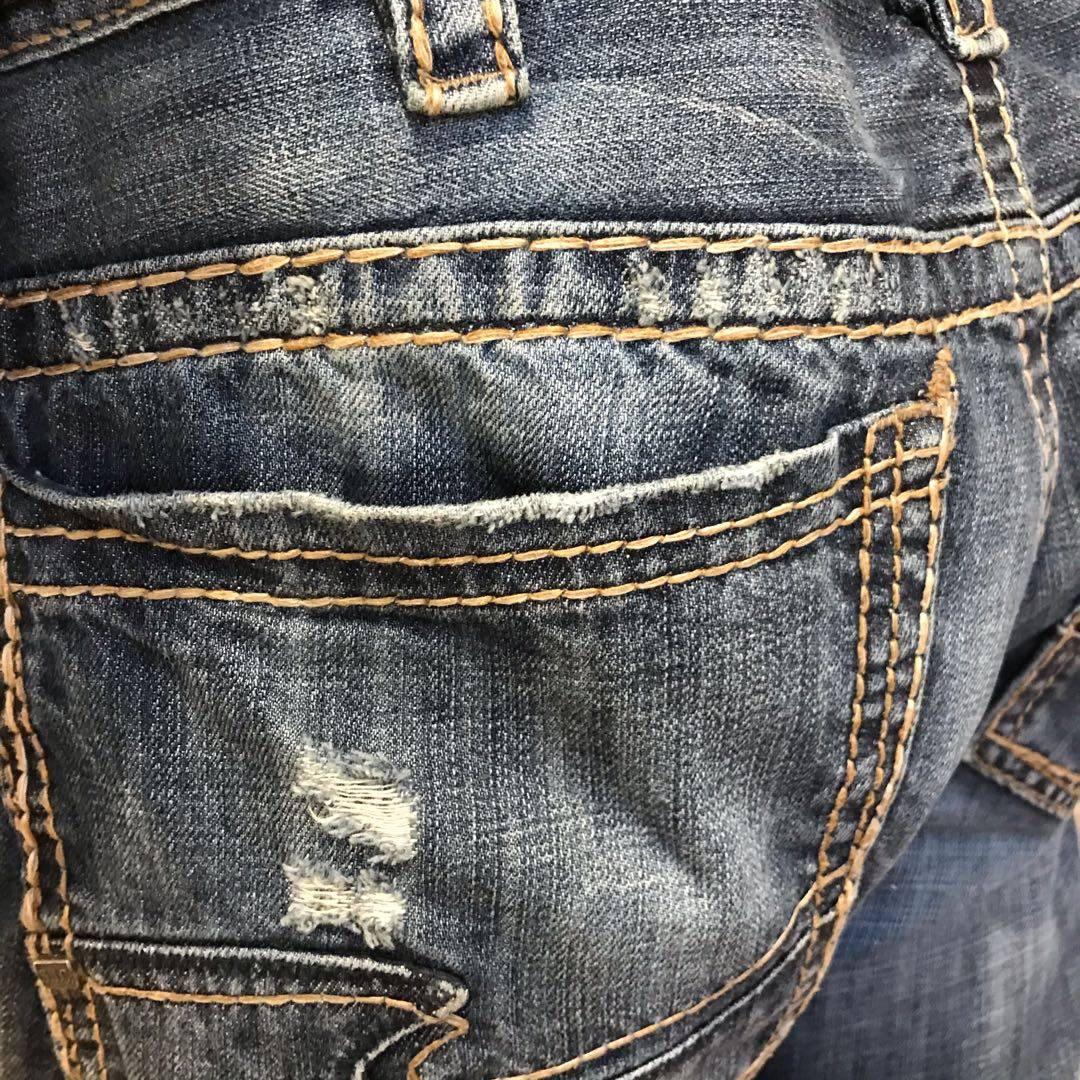
At any given moment, anthropologists believe, half the world‘s population is sporting jeans. Six billion pairs are produced annually. The average American owns seven.

Climate change has been on my mind a lot recently and a huge contributor to this is our consumption habits in society so of course I had to read this. If you don‘t know much about how damaging clothes production is both environmentally and for the people in the industry them this is a great overview. I learnt some things for this but it‘s not really a how to guide would be my only real complaint. it could possibly leave you feeling a bit helpless
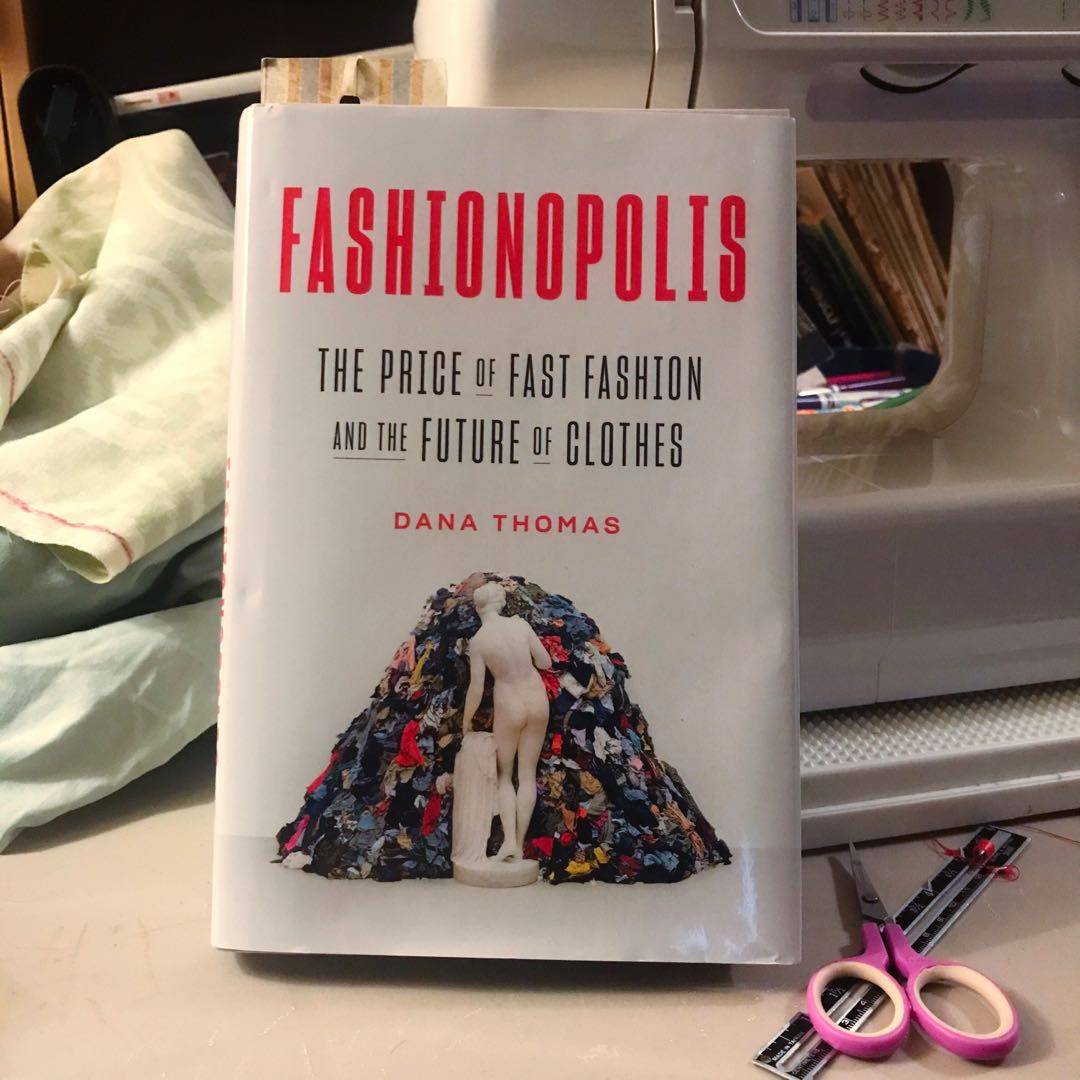
Everyone who wears clothes should read this book. Thomas provides an insightful perspective on how our clothes are designed, made, sold, and disposed of; the toll it takes on society and the planet, and potential for change.

A tragedy! I had to return Fashionopolis before I could finish it. Even tried self returning it and checking it out again to see if that could override the hold 😈 (unfortunately, it didn‘t work).
However, I turned right back around and placed another hold on the book, so hopefully in a week‘s time it will be mine again.
I‘m putting this here so I remember I was on page 178!
#librarywoes #holds #returns
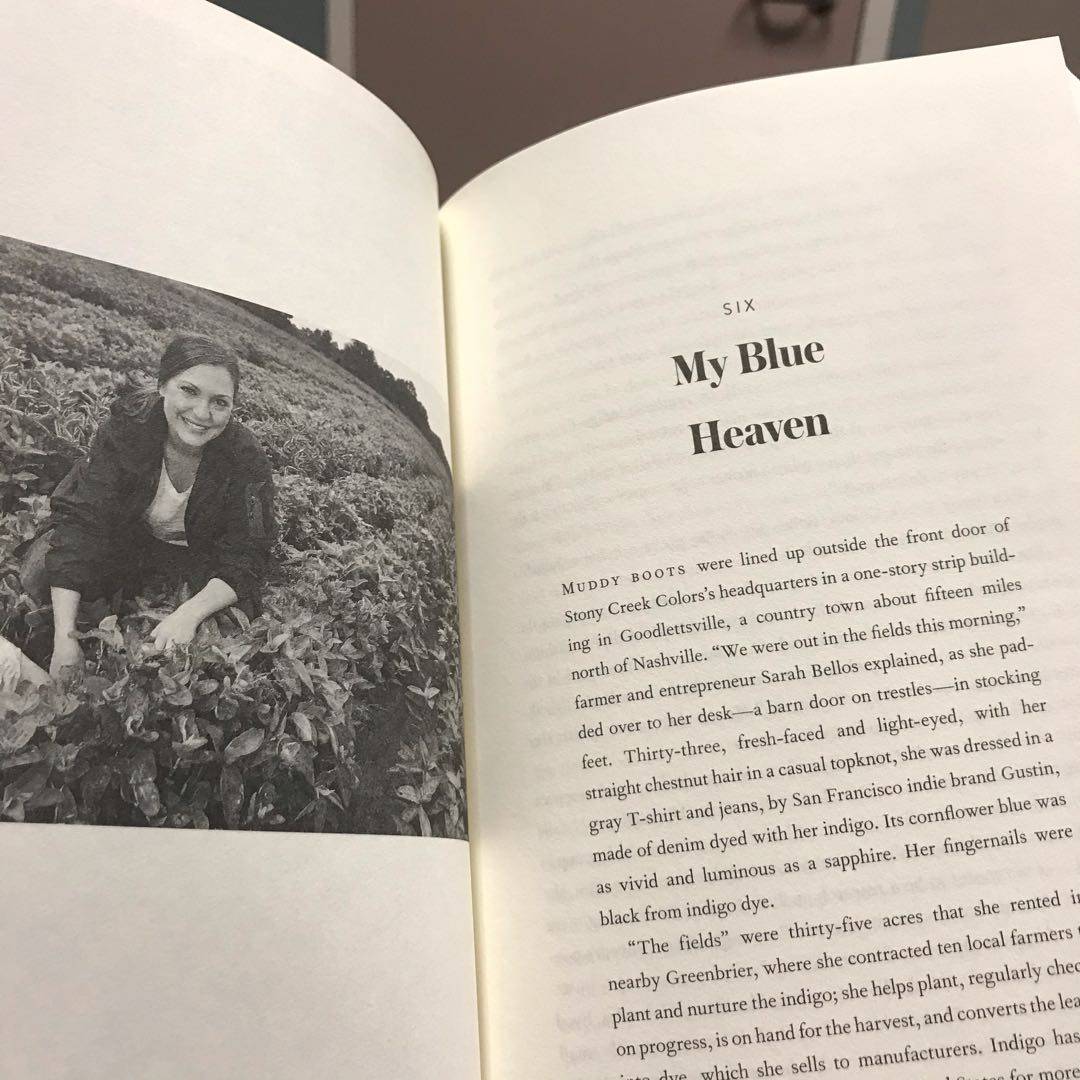
It doesn‘t get much more university than sitting in a university lab waiting for a time point while reading Fashionopolis: The Price of Fast Fashion and the Future of Clothes that you borrowed from the university library in less than a week because someone else has a hold on it...maybe if I was wearing a blazer with the university logo.